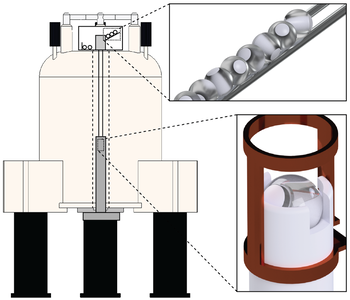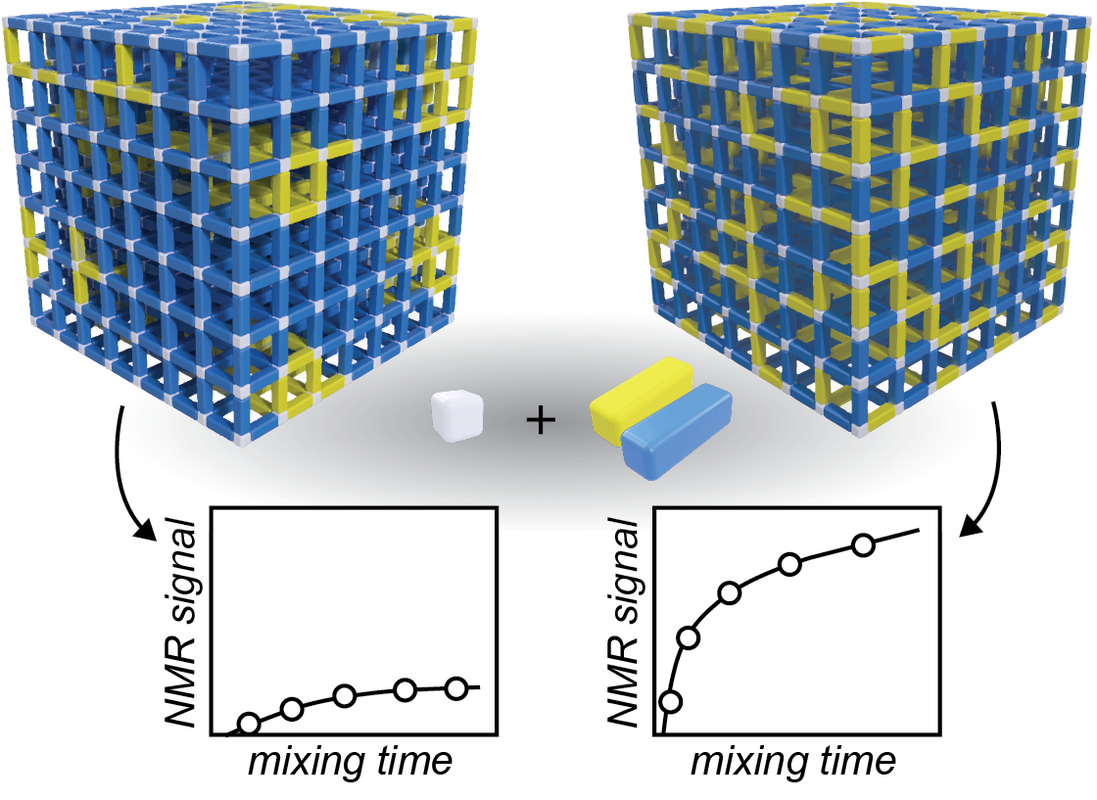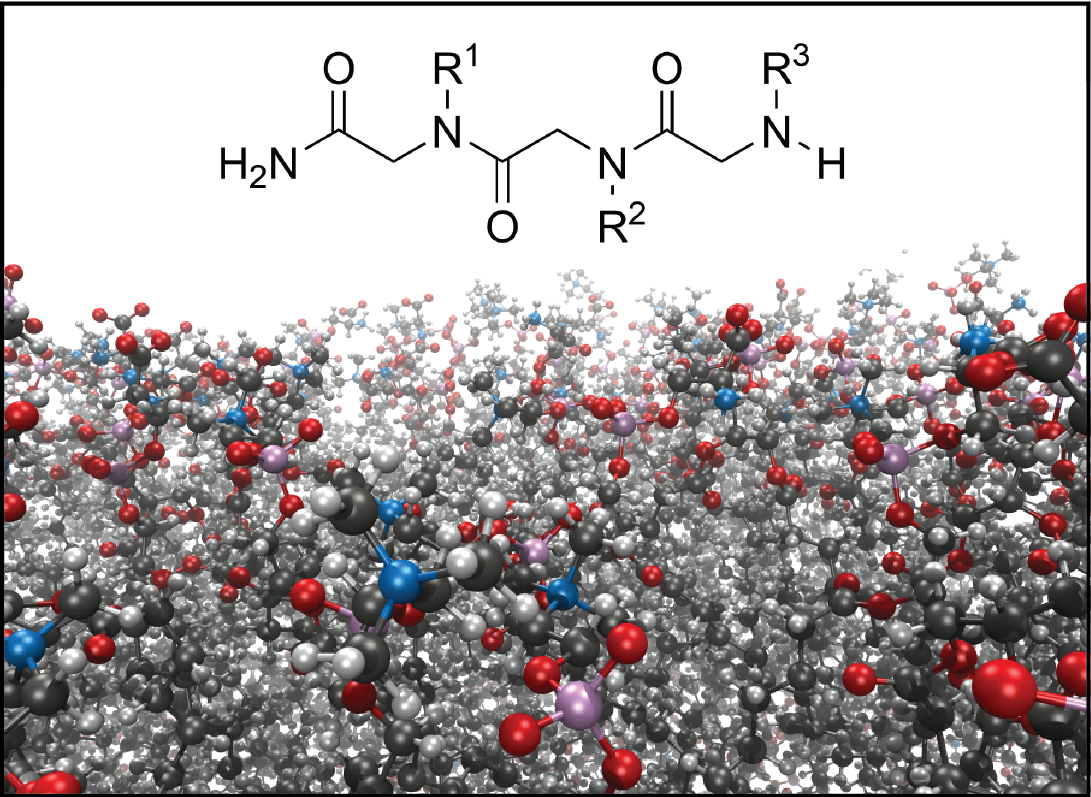Research in the Osborn Popp Lab
The Osborn Popp Lab works at the interface of physical chemistry, materials science, and chemical biology to quantify and control the spatial arrangement of molecules within complex systems. We develop cutting-edge NMR methods and technology to study systems with elements of both structural order and compositional heterogeneity. We make use of tools uncommonly utilized in traditional chemistry labs such as computer-aided design (CAD) and 3D printing to develop new approaches to scientific questions that are otherwise challenging to answer by currently available techniques. Research in our lab is highly interdisciplinary, blending biological and inorganic synthetic laboratory techniques with a hands-on approach to custom-built synthetic and spectroscopic instrumentation.
NMR Instrumentation Development
Nuclear magnetic resonance (NMR) is a powerful technique that allows for element-specific and chemical site-specific analysis of virtually any chemical system. In our lab, we aim to increase both the utility and accessibility of NMR. In particular, we focus on new technology and applications of solid state NMR, which requires specialized instrumentation to perform. Central to high-resolution solid state NMR is magic angle spinning (MAS), a technique whereby samples are spun rapidly about an angle inclined at 54.7356° with respect to the magnetic field. In our lab, we develop new MAS technologies, including spherical sample rotors, that can be spun using 3D-printable pneumatic devices.
|
Measurement of Complexity in Reticular Materials
The ability to introduce pre-defined sequences and distributions of chemical groups into solids by design would enable the development of materials with new and bespoke functional properties. Our aim is to develop synthetic strategies and characterization methods to direct the apportionment of molecules within porous reticular solids a priori. We can do this by using solid state NMR to quantify the spatial distribution of chemical groups within these materials. This project involves high-throughput synthesis methods coupled with rapid solid state NMR techniques to screen a wide range of synthetic conditions and their resulting effects on linker distribution.
|
Understanding the Chemistry of Complex Biological Interfaces
Biological membranes are heterogeneous mixtures of a vast repertoire of lipids, but the factors that influence the self organization of these different lipid species is only just beginning to be understood. We seek to reveal how the chemistry of biomolecules influences the arrangement of lipids within membranes by using solid state NMR to examine how small biomolecules adsorb to phospholipid membranes, and measuring the resulting effects on lipid organization. By varying functional group chemistry, we will screen for chemical factors that influence lipid clustering and domain segregation.
|


